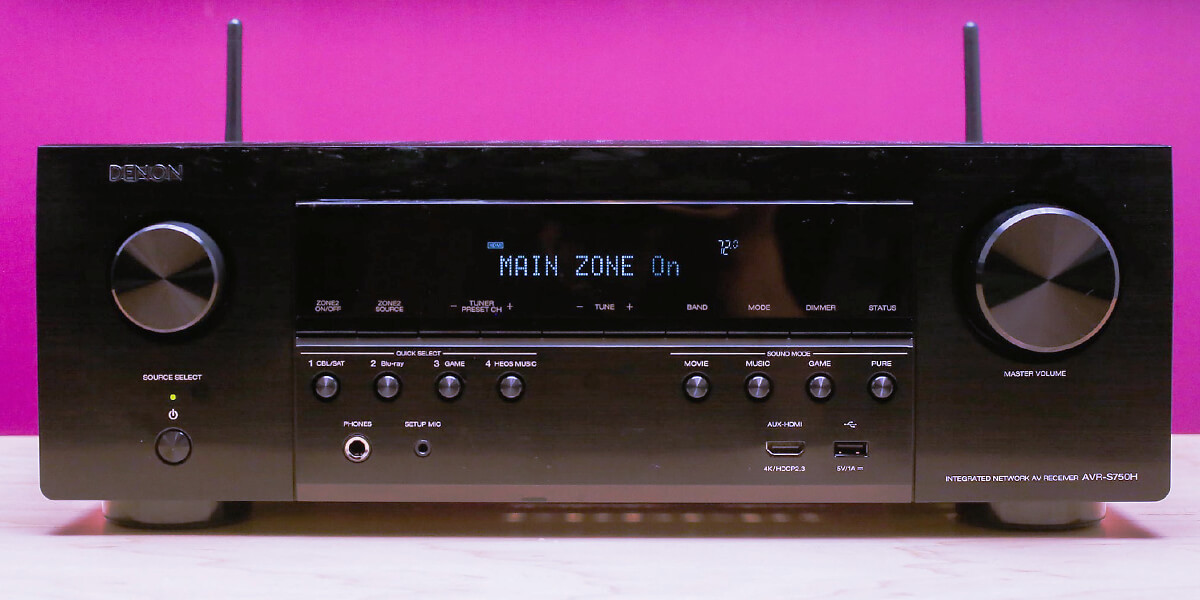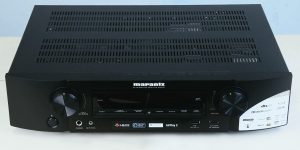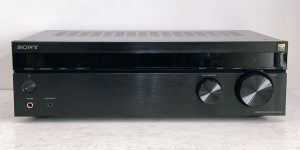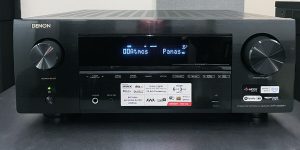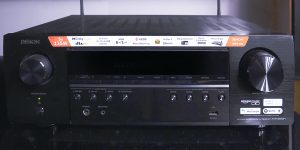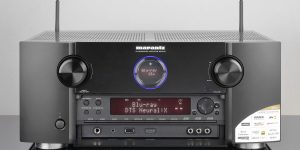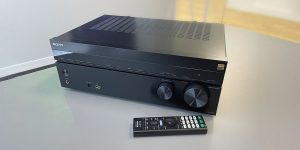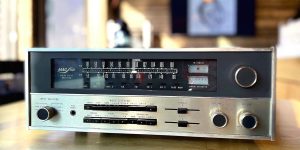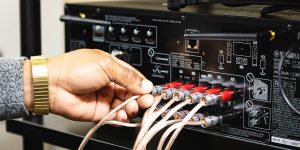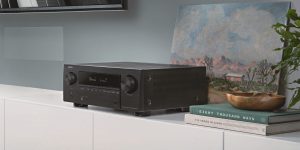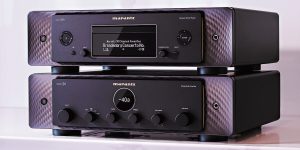AV receivers are an essential component in any home theater or entertainment setup. They are responsible for amplifying and processing audio and video signals from various sources and delivering them to speakers and display devices. Understanding the power specs, such as how many watts per channel an AV receiver consumes, is significant because it helps you determine the device’s capabilities and whether it can meet your specific needs. So let’s dive into this aspect in more detail.
The importance of an AVR’s wattage or power output
I would say that receiver power is quite an important characteristic of the device as it tells you how much power the receiver can provide to your audio system. The higher the wattage, the more power the receiver can deliver to your speakers. Specifically, on this spec, the maximum volume your receiver is capable of depends, as well as the maximum size of the room where it will be able to work effectively.
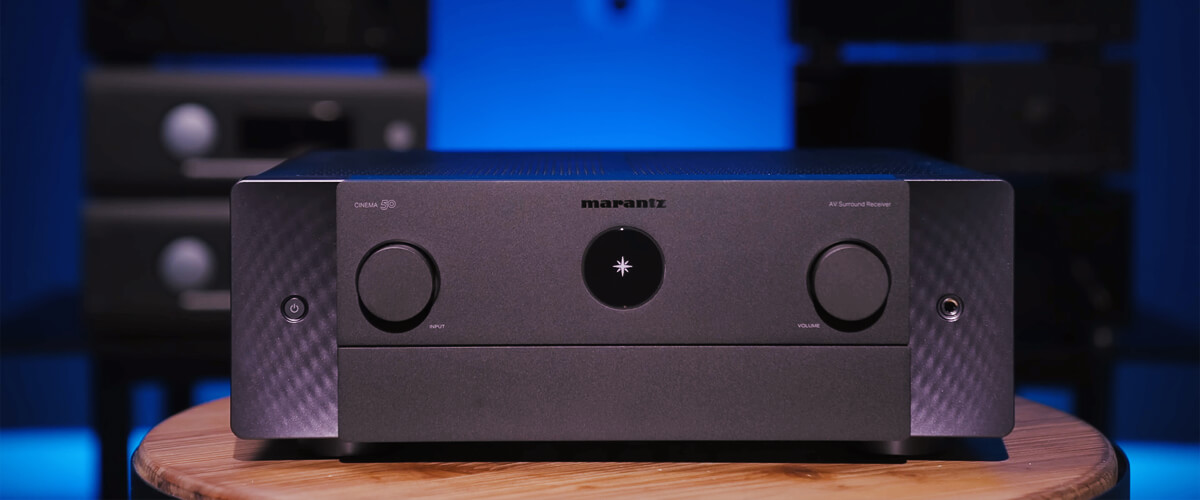
What are watts, and which role do they play in the sound quality?
Watts (W) is the unit of measurement for electrical power, and it measures the rate at which energy is consumed or generated. In the context of a receiver wattage, watts refer to the power output the receiver can provide to your speakers.
The significance of watts for an AVR lies in its ability to drive your speakers. The higher the wattage, the more power the device can deliver to your speakers, which means your speakers can play louder.
Still, it’s important to match the wattage rating of your speakers with the AVR’s wattage rating. If you have speakers with a high wattage rating and your model has a low wattage rating, you may not be able to drive your speakers to their full potential.
So, the wattage rating of an AV receiver is an important factor to consider, but the question of “How many watts per channel do I need?” is not the only one you will need to answer.
RMS vs. peak power
RMS (Root Mean Square) power is the continuous power output an amplifier can deliver to your speakers while handling a typical music or movie program with an average dynamic range. This value is usually lower than the peak power rating of an amplifier.
Peak power, on the other hand, is the maximum power output that an amplifier can momentarily produce during very dynamic music or movie scenes. The peak power rating is usually much higher than the RMS power rating.
AVRs often list both RMS and peak power ratings, and it’s important to pay attention to both figures. The RMS power rating of an AVR is a more accurate indicator of the actual power output over time, while the peak power rating indicates how much power the receiver can deliver to your speakers during brief, dynamic moments in a movie or music track.
The impact of wattage on AVR’s performance and audio quality
One of the main ways wattage affects audio quality and performance is by ensuring that the amplifier has enough power to drive the speakers. If an amplifier does not have enough power, it may not be able to produce optimal volume, and the sound may be distorted or lacking in clarity. Conversely, an amplifier that is too powerful may overload the speakers, causing damage or distortion.
Another way in which wattage affects audio quality is by providing headroom. Headroom is the difference between the maximum volume that an amplifier can produce and the volume at which it typically operates. Having enough headroom ensures that the amplifier can handle sudden changes in volume without distorting the sound.
Distribution of audio signals: channels
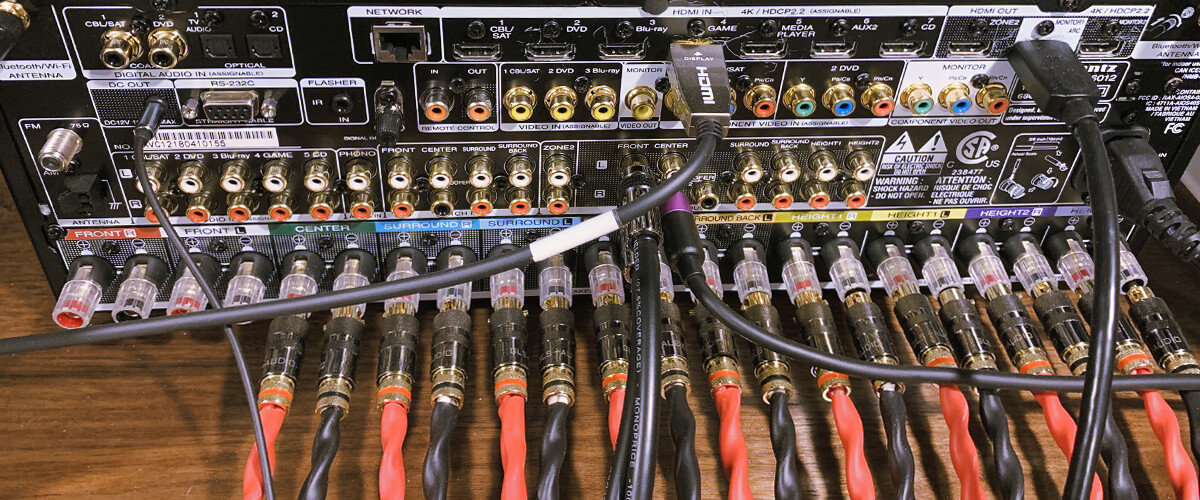
Channels are an important feature in an AV receiver because they determine the number of speakers that can be connected to the receiver and ultimately impact the audio quality in your home theater system.
Each channel corresponds to a separate audio stream that is sent to a specific speaker. For example, a 5.1-channel home theater system has five main speakers (front left, center, front right, rear left, and rear right) and a subwoofer. A 7.1-channel system has two additional speakers (side left and side right), and a 9.1-channel system has four additional speakers (front height left, front height right, rear height left, and rear height right).
Having a larger number of channels means that the receiver can deliver more precise and accurate sound by distributing the audio input across more speakers. This enhances the overall listening experience, allowing for greater immersion and a more realistic sound stage. With the right setup, you can hear every sound effect and dialogue clearly, placing you right in the middle of the movie or game.
The significance of impedance for AVRs
The impedance mark is quite an important spec in a receiver’s characteristics because it determines how effectively power is transferred from the amplifier section of the device to the speakers.
What is impedance and its main role
Impedance is the measure of opposition to the flow of electrical current in a speaker. It is measured in ohms and can vary depending on the speaker’s design and specifications. AV receivers are designed to work with speakers with a specific impedance range.
The impedance of the speakers can affect the overall performance of the receiver. When the impedance of the speakers is lower than the AVR’s rated output impedance, more power is drawn from the receiver, which can cause the amplifier to overheat and significantly decrease its lifespan.
On the other hand, when the speaker impedance is higher than the output impedance of the AVR, the amplifier will not deliver enough power to the speakers, resulting in poor sound quality and reduced volume levels, which can later imprint on the amplifier’s ratings.
The importance of matching the speaker’s and receivers’ impedances
Therefore, it is essential to match the speakers’ impedance to the AVR’s output impedance to ensure the optimal power transfer from the amplifier to the speakers. This can help avoid potential damage to the amplifier, reduce distortion, and provide high-quality sound reproduction.
In summary, this spec is an important factor when connecting them to receivers. Ensuring compatibility between the speakers’ impedance and the AV receiver’s output impedance helps provide high-quality audio and avoid potential damage.
AV receiver power ratings: common misconceptions
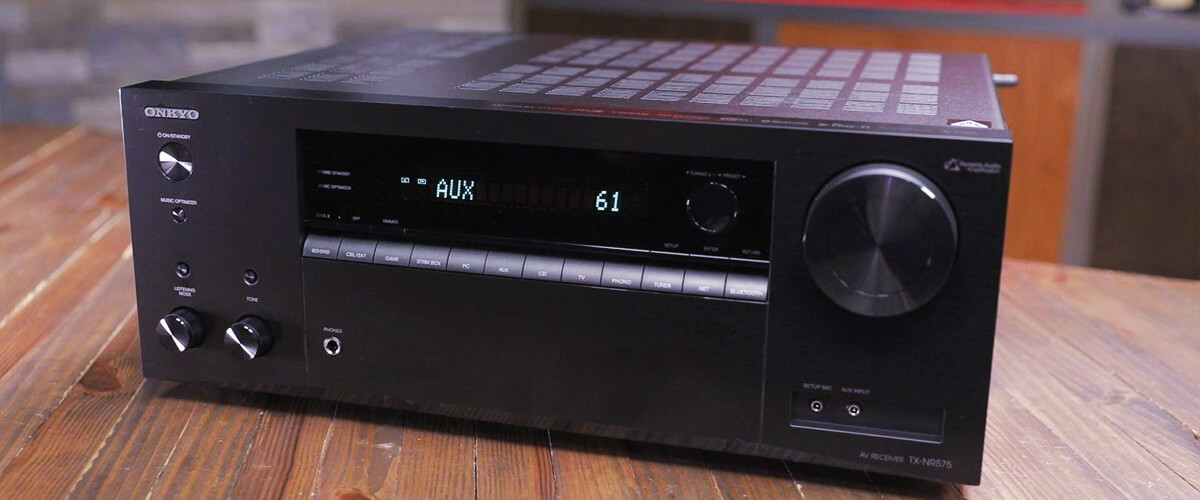
Higher wattage means the better sound quality
To think that higher power means greater sound quality is a typical mistake for starters. The higher the wattage, the louder speakers will play. Still, the loudness does not equal the whole acoustic system’s sound quality. The sound quality is formed by many other factors, such as the room acoustics, speakers’ sensitivity, etc. So, to achieve the best sound quality, it’s evidently not enough to have the most powerful receiver. For this purpose, many factors must work together.
The importance of other specifications for achieving the best sound quality
To summarize, in addition to power, the following factors must be combined correctly to achieve optimum sound quality:
- correct tuning of the receiver and other system components;
- the correct location of all elements of the multimedia system in the room;
- high-quality and correctly selected speakers;
- cords and connecting elements.
Only the correct combination of all system elements can guarantee you really great sound.

